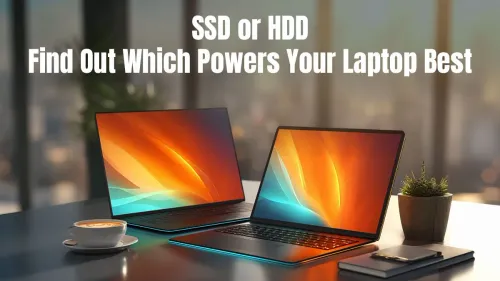
SSD vs HDD – Which is Better?
Discover the perfect storage solution - Explore the benefits of SSD vs HDD and find out which powers your laptop best. 💾🚀
• Explain benefits • Compare TLC vs QLC • Show performance & endurance • Recommend use cases. 3D TLC NAND SSDs deliver faster sustained speeds and higher endurance for gaming, content creation and everyday systems 🚀💾

Tired of watching loading screens while your mates are already dropping into the action? That old, sluggish hard drive is likely the culprit. For years, Solid-State Drives (SSDs) have been the answer, but the magic behind their speed can seem complex. The secret for most modern drives lies in a technology called 3D TLC NAND, the unsung hero of high-speed storage that powers today's best gaming rigs. Let's break down what it is.
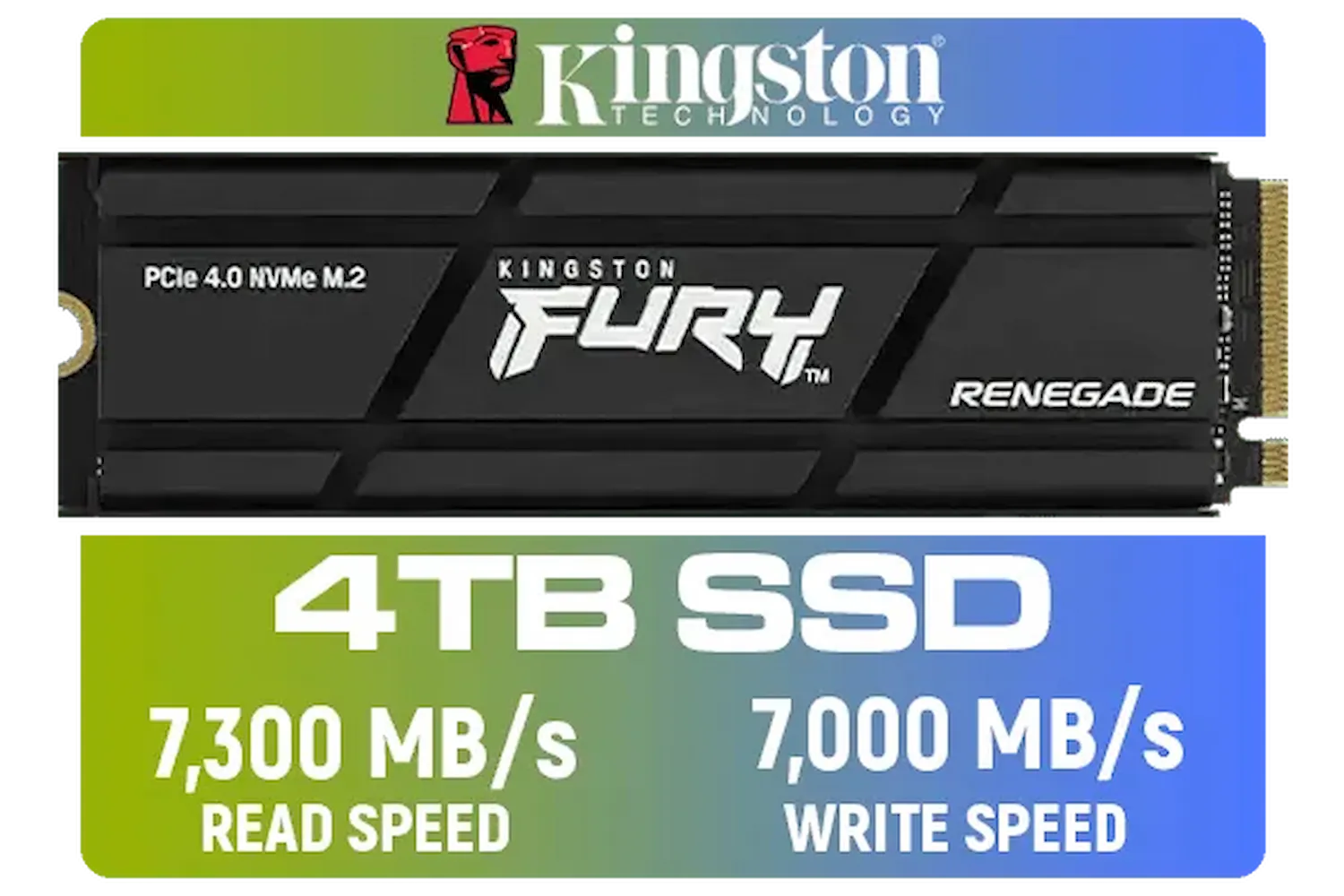





To understand 3D TLC NAND SSDs, we need to unpack the name. Think of it like this:
So, a 3D TLC NAND SSD uses vertically stacked memory cells, each holding three bits of data. This clever design is the core reason you can get a spacious 2TB SSD without needing to take out a second bond. 🚀
So, how does this clever engineering translate into a better gaming experience? The role of 3D TLC NAND in high-speed storage is all about efficiency and capacity.
Because the cells are stacked and closer together, the path for data to travel is shorter, which reduces latency and boosts read/write speeds. This means:
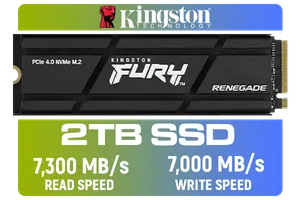


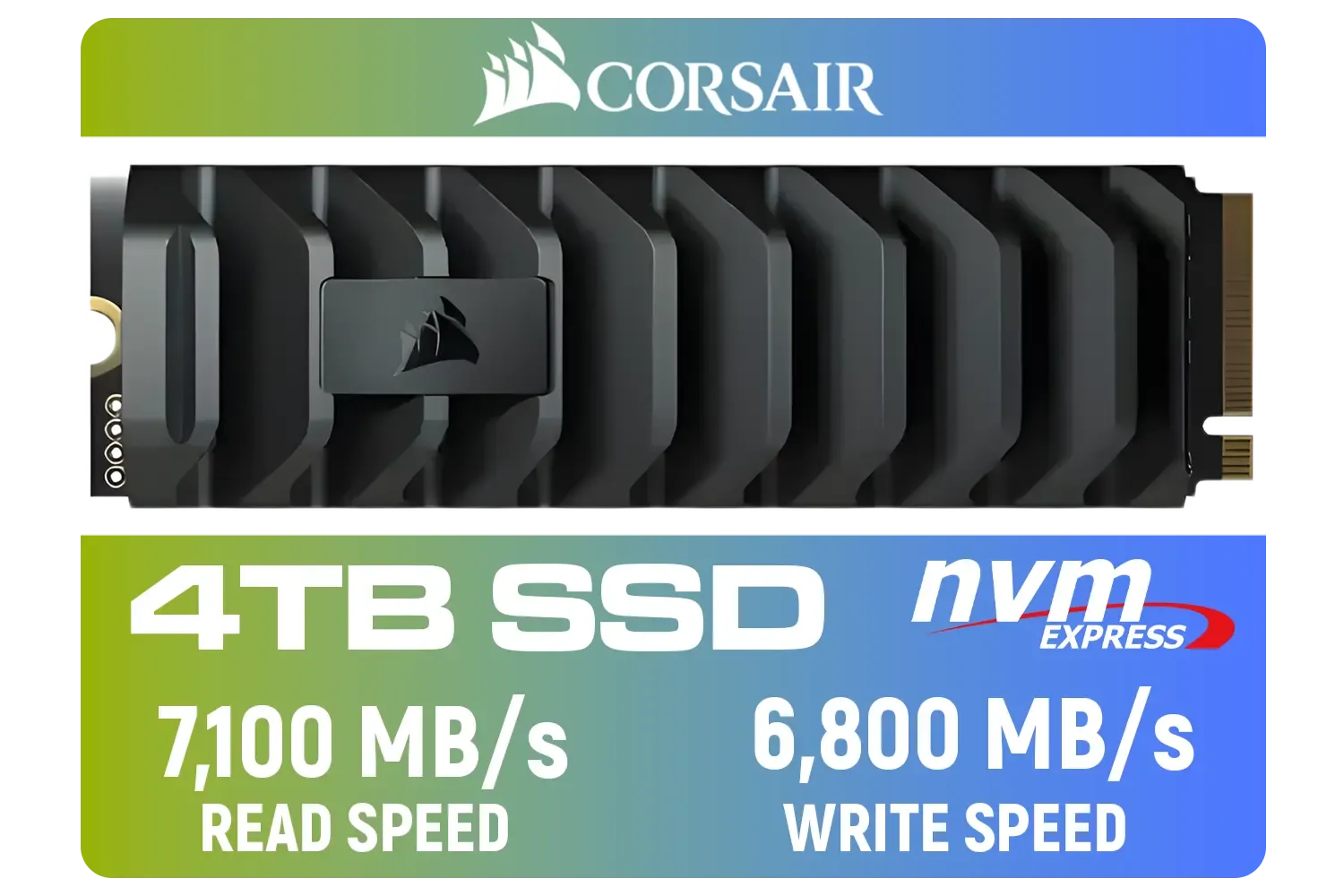


This technology allows brands to create drives that are not only fast but also reliable. When you're in the middle of a competitive match, you need storage that won't let you down, which is why so many gamers trust top-tier Corsair SSDs to deliver consistent performance.
Before you buy a super-fast NVMe M.2 SSD, check your motherboard's manual or product page. Make sure you have a compatible M.2 slot and that it supports the right PCIe generation (e.g., PCIe 4.0) to get the maximum advertised speeds from your new drive.
When shopping for an SSD, you might also see terms like QLC (Quad-Level Cell). While QLC drives can offer even more capacity for a lower price, they generally have lower endurance and slower sustained write speeds than TLC. For a primary OS and gaming drive, TLC hits the perfect sweet spot.


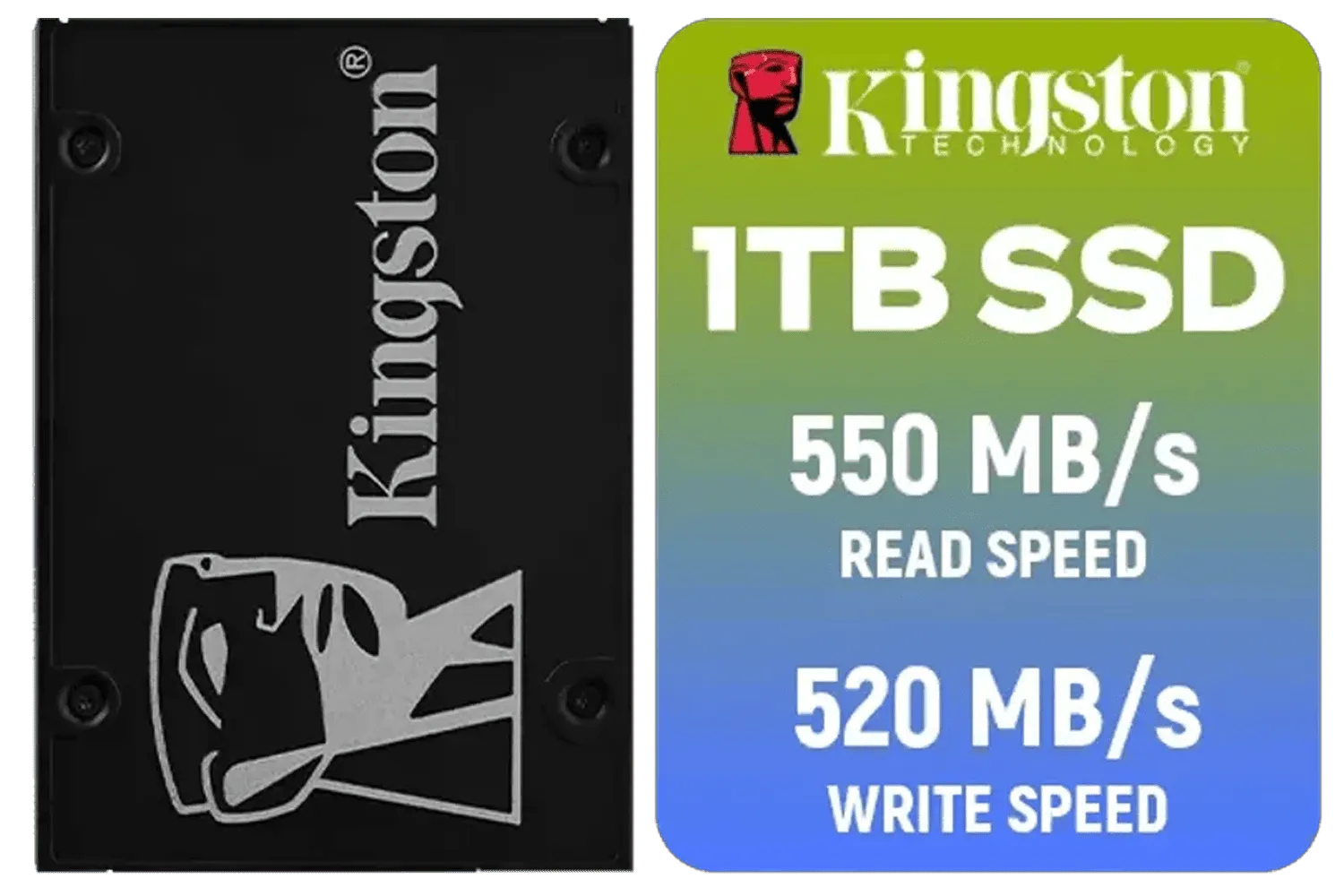


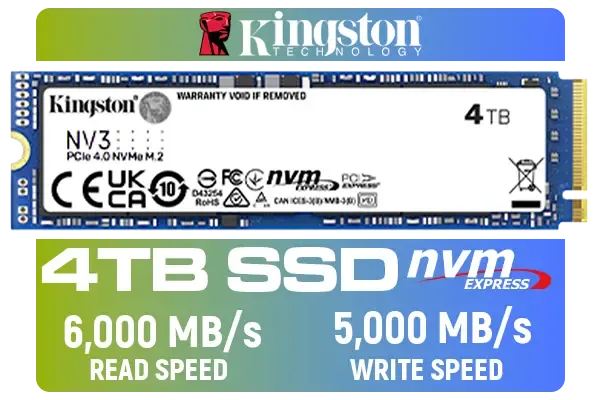
It provides the snappy performance and long-term durability that gamers and power users need without the premium price tag of older, high-endurance formats. It's the technology that makes high-speed storage accessible to the average South African gamer. You get incredible performance that feels premium, whether you're looking at reliable options from Kingston or hunting for awesome price-to-performance deals.
Ultimately, the widespread adoption of 3D TLC NAND SSDs means that blistering speed is no longer a luxury. It’s the standard for any serious PC build, ensuring you spend more time playing and less time waiting. And with plenty of great value ADATA drives on the market, the upgrade has never been more affordable. ✨
Ready for an Instant Speed Boost? Upgrading your storage is one of the most noticeable improvements you can make to your PC. From lightning-fast boot times to non-existent loading screens, the difference is massive. Explore our full range of high-speed SSDs and find the perfect drive to unleash your rig's true potential.
3D TLC NAND stacks memory cells vertically and stores three bits per cell to increase capacity while improving speed and cost per gigabyte.
Layered cell architecture and optimized controllers reduce latency and enable higher sustained throughput for reads and writes.
Yes. 3D TLC generally offers better write endurance and sustained performance than QLC, making it preferable for heavy workloads.
Endurance varies by model, but 3D TLC NAND typically delivers higher write cycles than QLC and balances longevity with cost.
Absolutely. 3D TLC SSDs provide faster load times and consistent performance for gaming, editing, and large file transfers.
Controllers manage wear leveling, caching and error correction; a strong controller maximizes the benefits of 3D TLC NAND.
Compare endurance ratings, sustained write speeds, cache type, and price per GB to match your use case and budget.